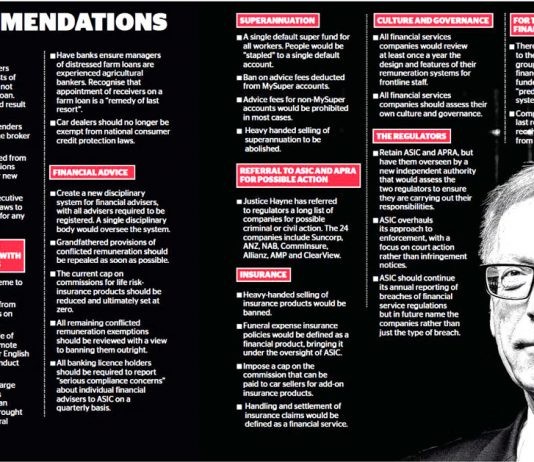In March this year Bill Shorten pledged that should Labor win the upcoming election they will axe cash refunds for excess imputation credits paid to individuals and in superannuation funds. This would reverse the cash refund of imputation credits introduced by John Howard two decades ago. It would also be introduced with no grandfathering or transition arrangements. Malcolm Turnbull rejected it as a “cash grab”. The removal of Malcolm Turnbull means the Liberals can renege on that position and even adopt the changes should they feel it politically expedient.
The measure was introduced by Bill Shorten to win votes from the “poor majority” by stopping the super wealthy, who were in a tax-free environment, getting tax refunds. In introducing the proposals, Bill Shorten used an example of an extreme franking credit refund of $2.5m to a single SMSF in the 2014-15 financial year. But in the end, it is the 610,000 people with less than $1.6 million in their super fund that will be hurt the most. The super wealthy (those with significantly more than $1.6 million in super assets), since the introduction of the $1.6 million transfer balance cap on super pay 15% tax on investment earnings and capital gains (if the asset was held less than 12 months or 10% if held more than 12 months) and as such will be able to utilise the benefit of franking credits to offset that tax.
In many cases, for the super wealthy, the introduction of the $1.6 million transfer balance cap and the removal of cash refunds of franking credits ends up being a nil sum game – no refund, but no tax payable, because the 30% company credits are offset by the 15% super tax. In other words, the franking credits negate tax on earnings above the $1.6 million. The wealthy still get the use of the imputation credits whereas those with less than $1.6 million in super, on the other hand, simply lose the tax refunds altogether.
Article writte by Marcus Padley






































